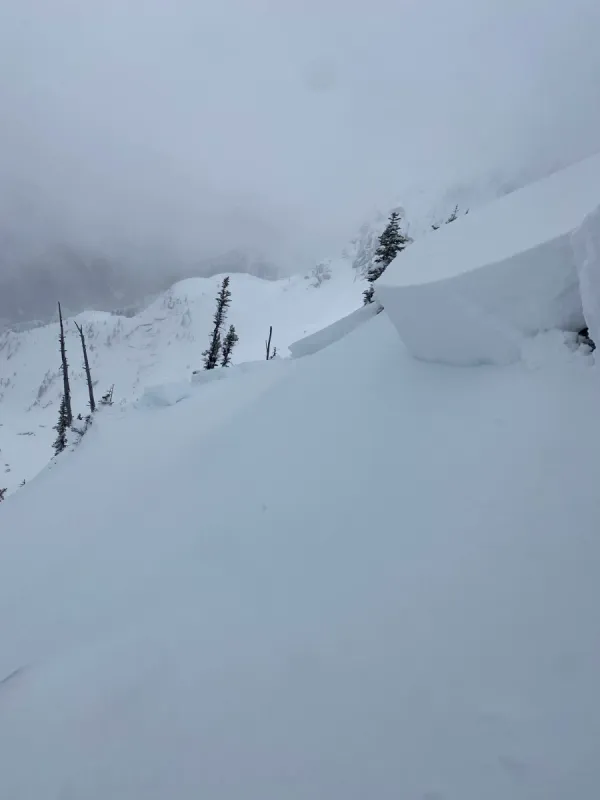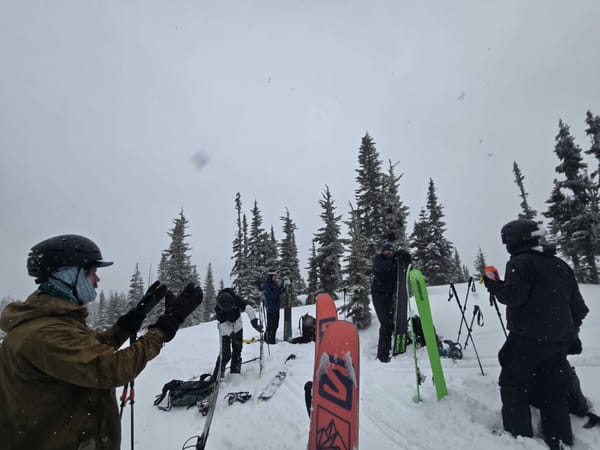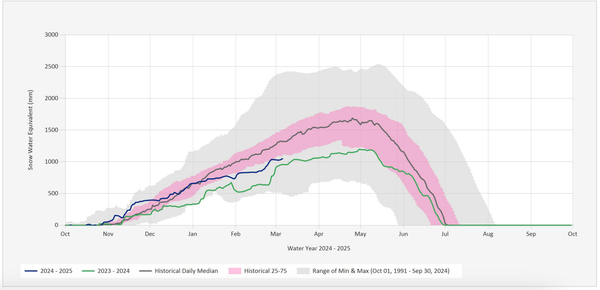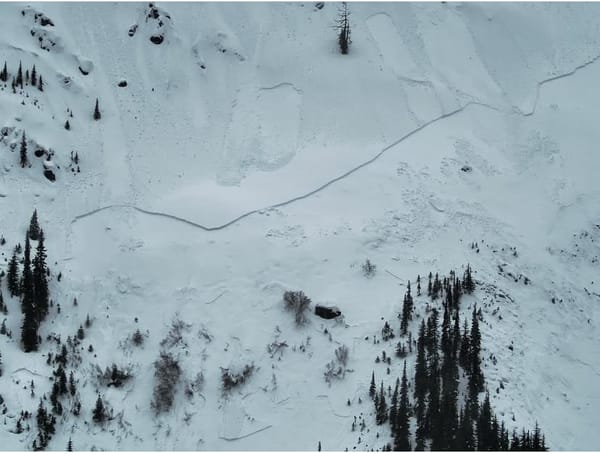Managing Early Season Conditions
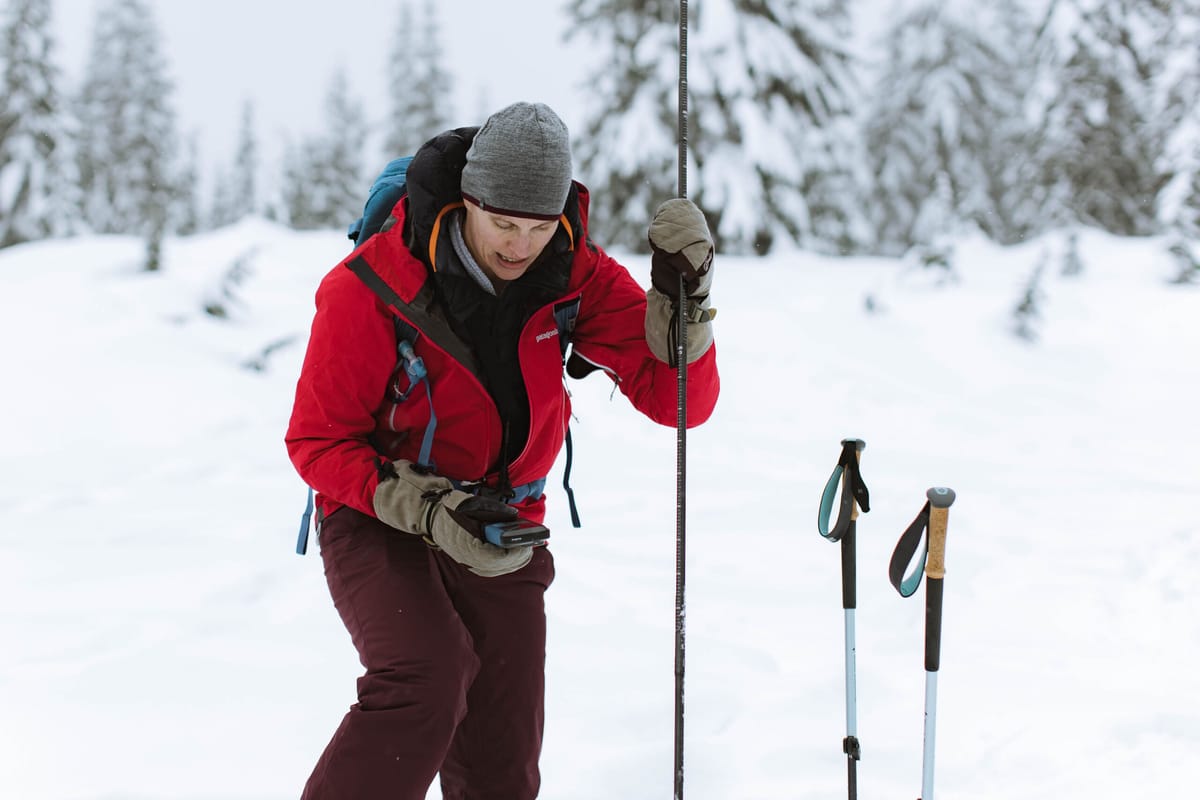
The last week has brought more cold, snowy weather to higher elevations throughout the Fraser Valley. Looking up at the Cheam Range from Chilliwack, conditions look to be off to a nice start for the season. But, it is still very early in the season, so there is a lot to think about when it comes to managing risk. That’s exactly what this edition of the Fraser Valley Backcountry Snow Report is going to dig into. But first, let’s take a look at what we’re seeing in our local mountains.
According to weather stations in the Chilliwack River Valley, accumulations at and above treeline are around 40-60 cm.
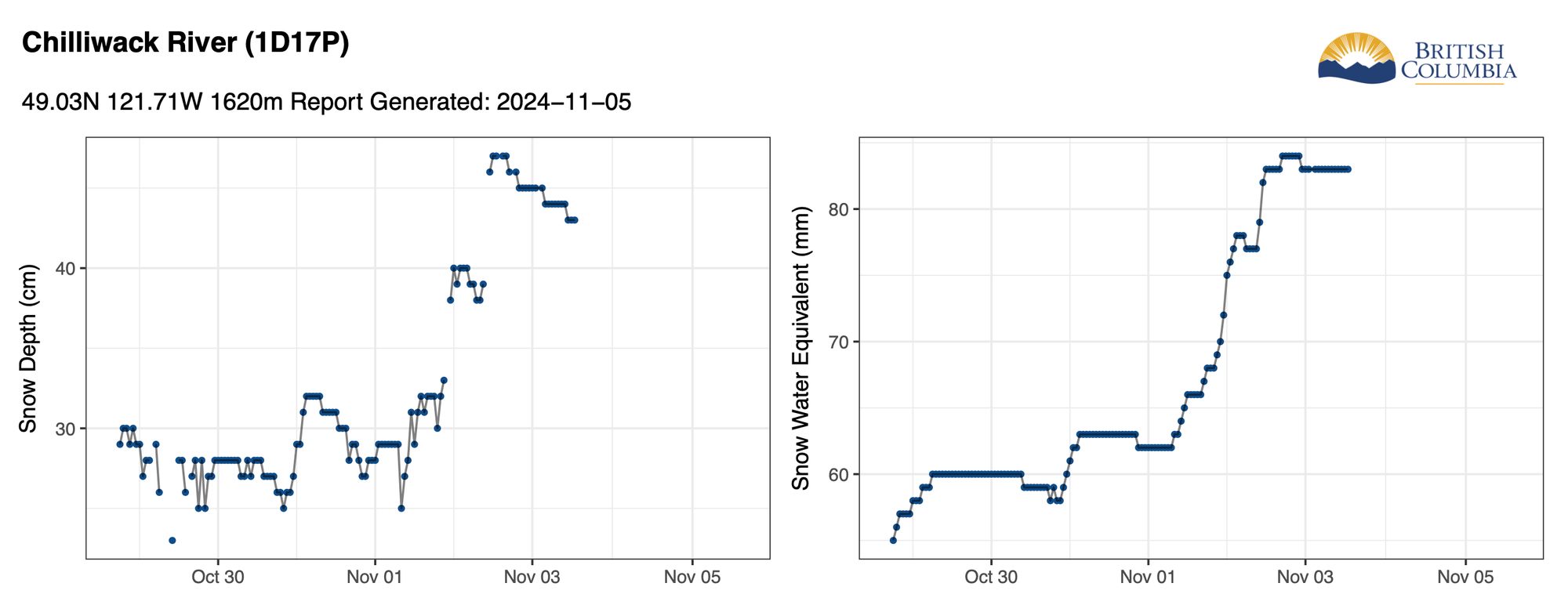
On the Coquihalla Summit, there is 20-30 cm at the highway and upwards of 60 cm higher on the mountains.
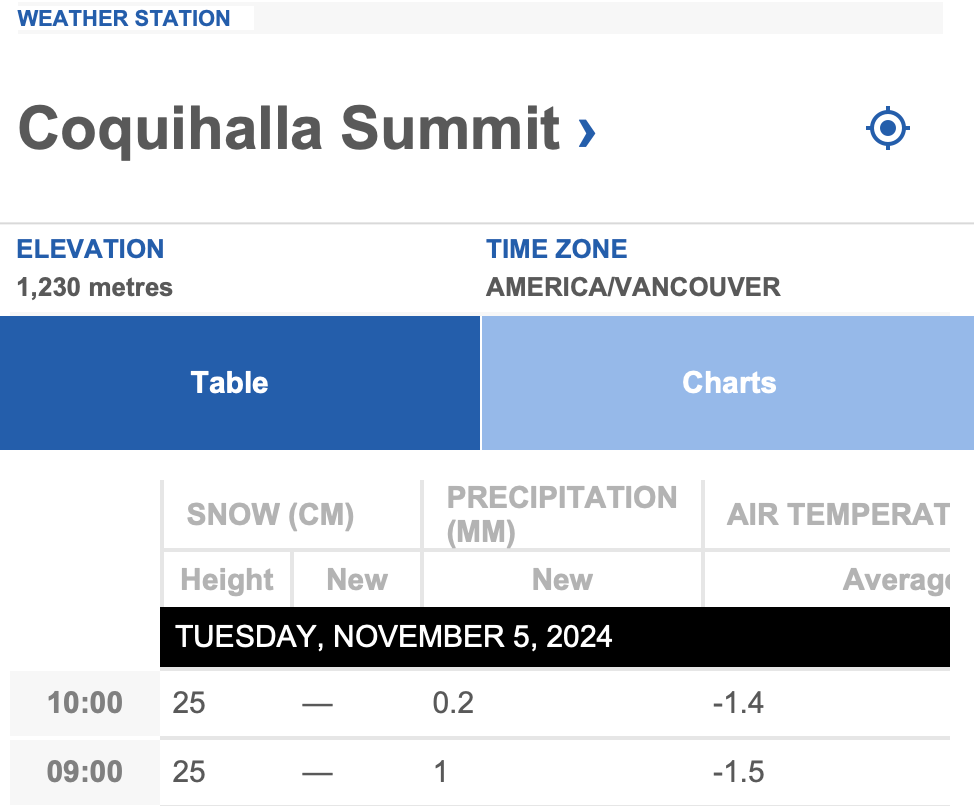
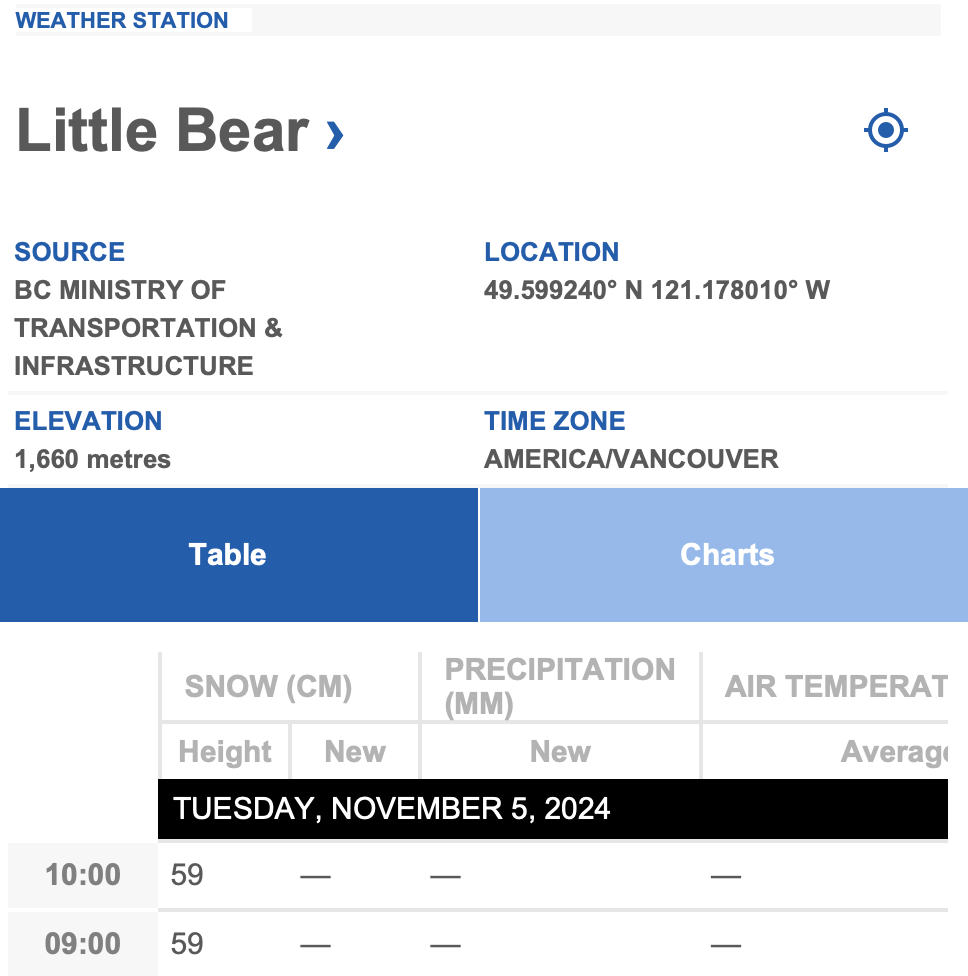
Manning Park Resort is reporting 12cm on the mountain. On a hike up Frosty Mountain last week, one of our team reported running into 20-40 cm at treeline and above with more in wind loaded areas.
The storm that rolled through the valley on Monday brought some very strong winds with it, so I’d also expect to find wind transport and slab formation up high.
If you're wondering where all this data is from, stay tuned. We'll be announcing a workshop about using online weather and snow tools for trip planning very soon.
Managing Early Season Conditions
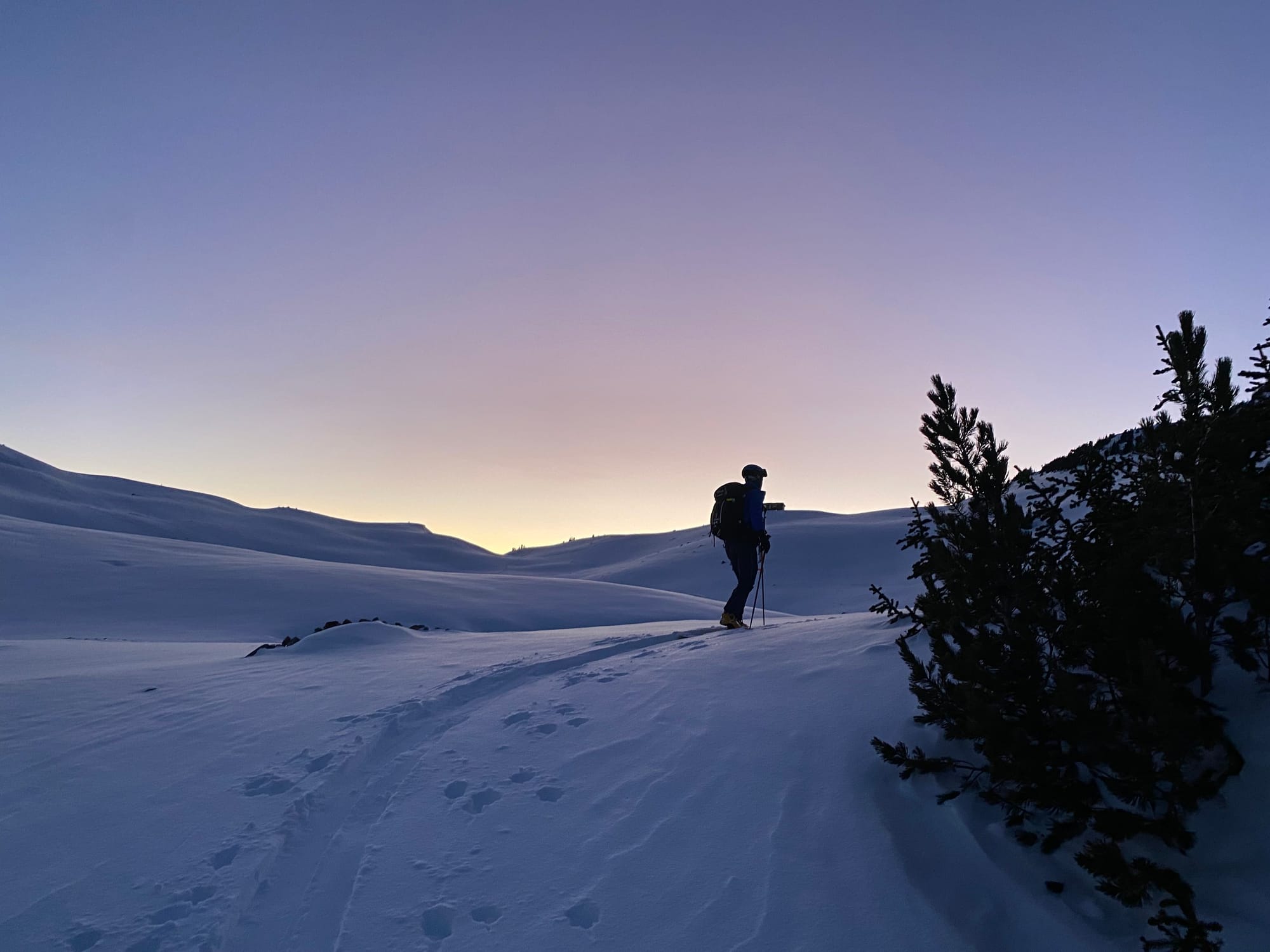
There’s an undeniable draw to get out in the mountains when the snow starts flying, but early season comes with a whole suite of challenges to manage. Here’s some of what we think about when dealing with early season conditions.
If there’s enough to ride, there’s enough to slide. As a general rule, if there is enough snow on the ground to tour or snowshoe, there is enough snow to cause an avalanche. Don't forget it isn't only about the snow under your feet, make sure you’re aware of any overhead hazard as well.
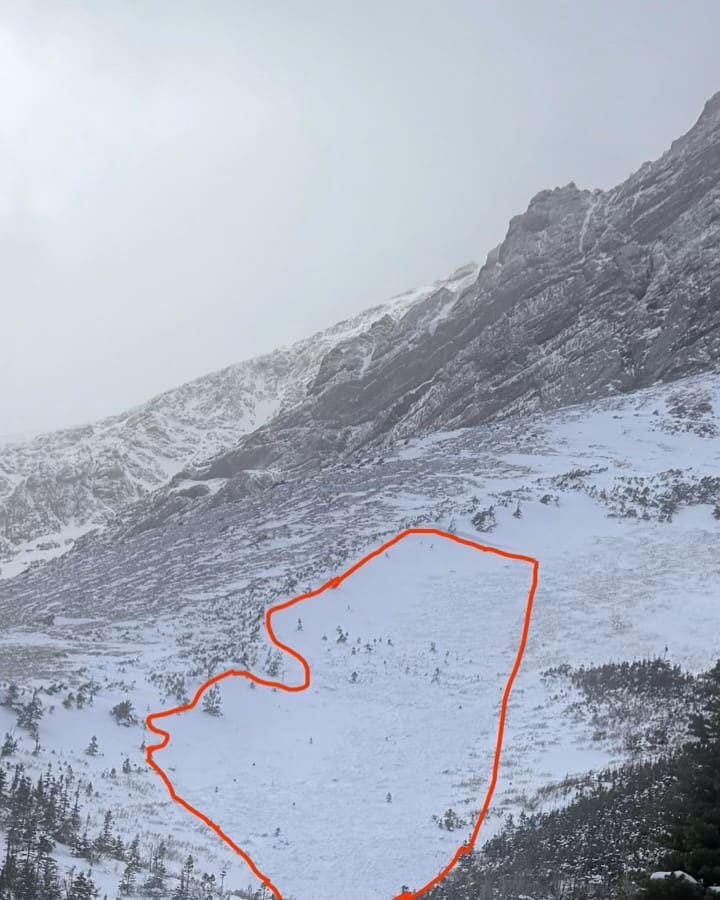
Shark season. Even if the landscape looks like a perfect blanket of smooth snow, this time of year rocks and logs are lurking just beneath the surface. With fresh snow on the ground and little consolidation, there may be no real barrier between your skis (or board) and the rocks. This time of year, I exclusively use my “rock skis” – an older set up that I don’t mind putting some serious scratches in.
Don’t end your season before it starts. Between getting my own winter fitness back into form and marginal coverage, I’m acutely aware that I can easily catch an edge or take a big fall this early in the season. No one wants to hurt themselves and end up laid up for weeks chasing early season stoke, so take your time getting out there.
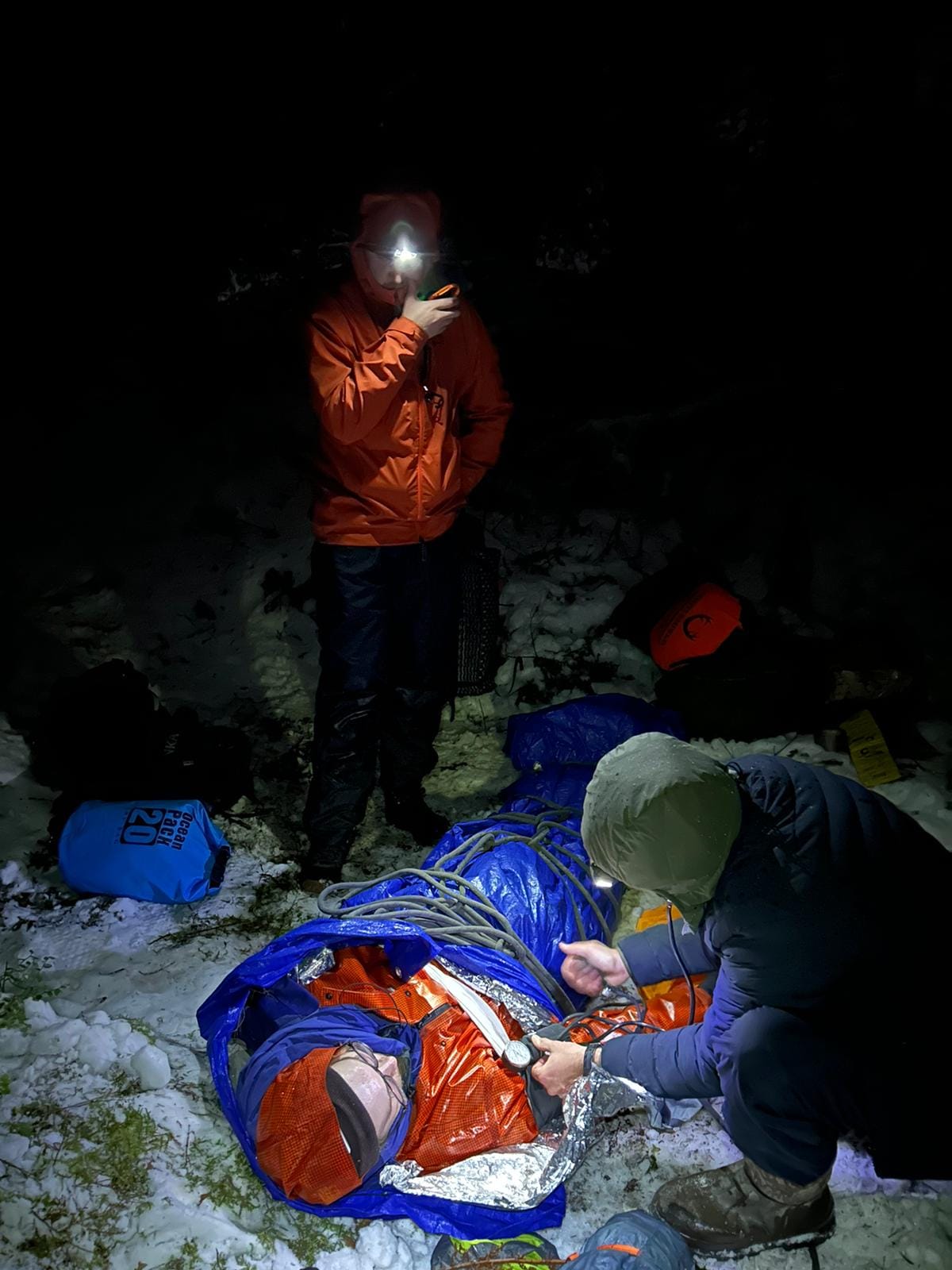
Think about what’s underneath. Finding places to ski and ride early in the season means knowing what’s there when it’s not covered in snow. I’m looking for open terrain, usually lower angle meadows, with no overhead hazard. Glaciers and permanent snowfields can offer early season turns, but snow and ice can make prime layers for early season avalanche problems to develop on.
Give yourself plenty of time. Last weekend we all gained an hour of sleep, but we also moved the sunset up to around 4:00 p.m. If you are going to head out, remember to start early, give yourself plenty of time. And, don’t forget to plan some extra time if you have to hike to or from the snowline.
Use the Dangerator. Since we don’t have Avalanche Canada forecasting for the season yet, assessing avalanche risk is up to you. Thankfully, Avalanche Canada created the Dangerator tool for this time of year. Take a look and consider using the tool if you’re heading out before public forecasting starts later this month.
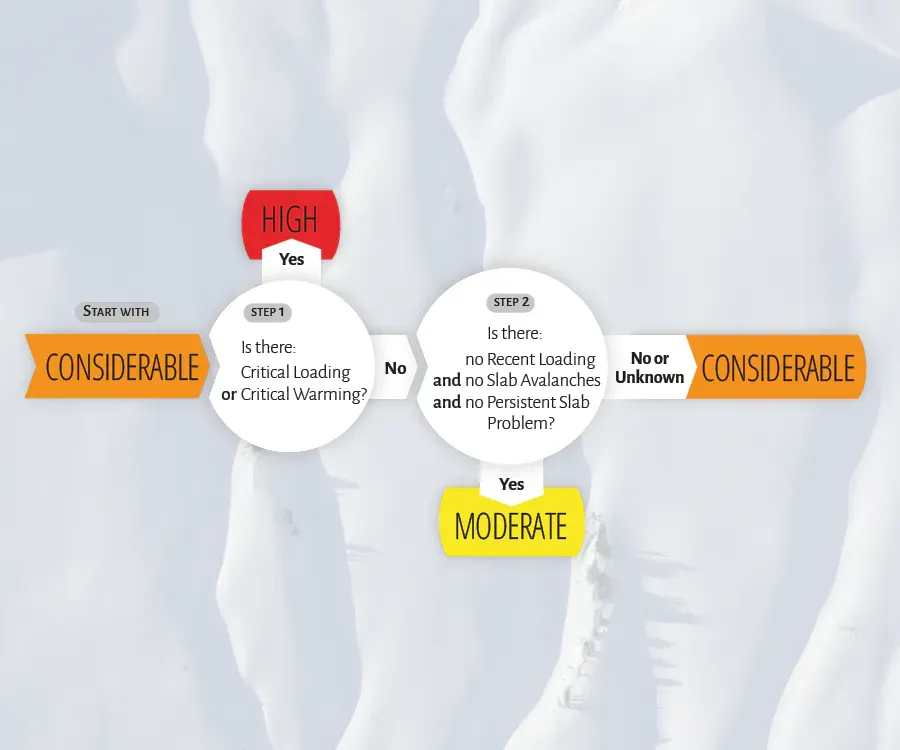
All in all, it’s important to remember that it is still the first week of November and we have months of skiing ahead of us. This is a great time of year to get ready for the season, whether that means tuning up your skis or board, putting fresh batteries in your transceiver, refreshing the waterproofing on your outerwear or spending some time practicing your companion rescue skills.

